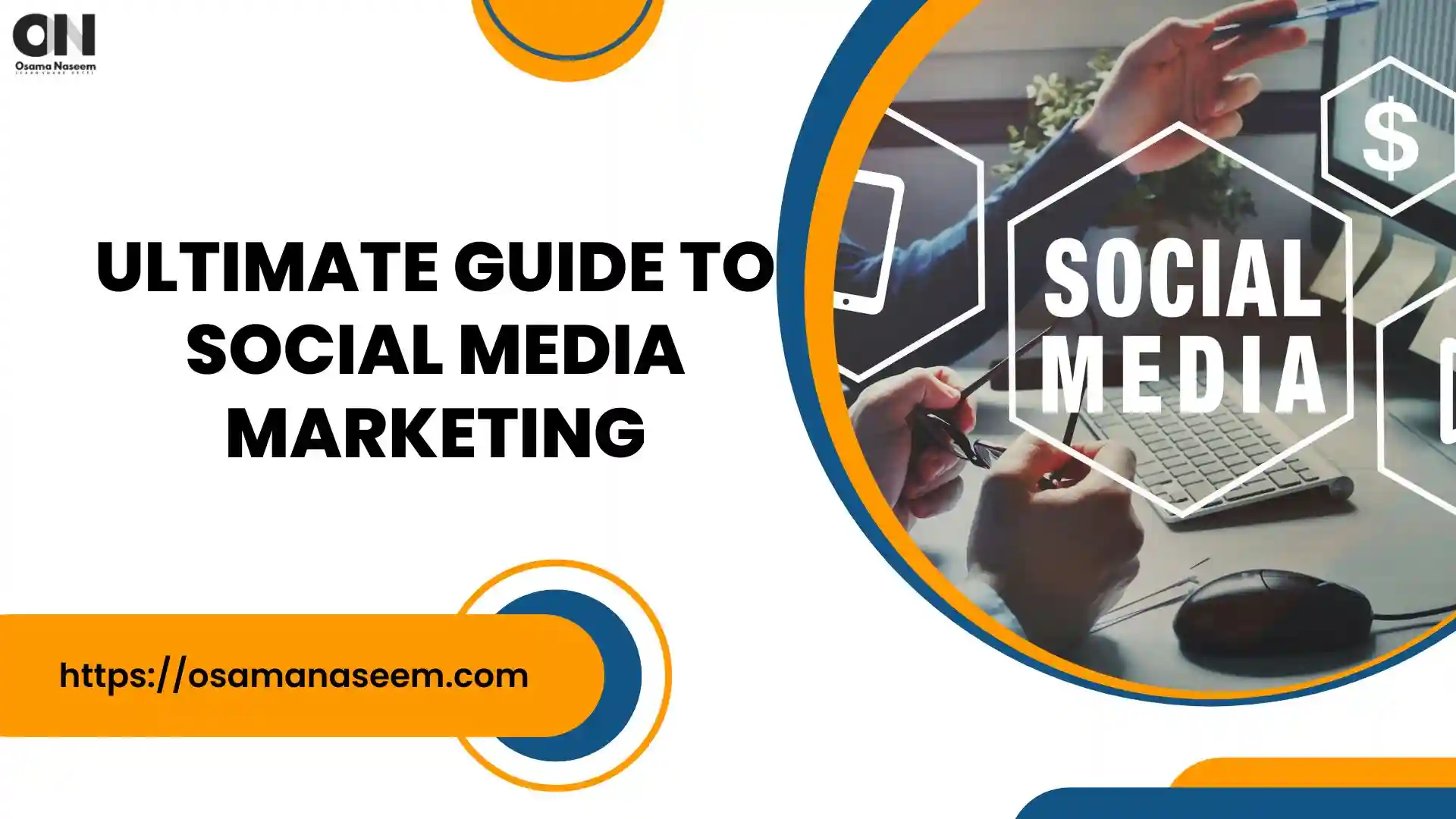
Social media marketing is full of opportunities. Not only are individuals gaining massive exposure on social media, but it also holds ample opportunities for businesses to grow. However, expanding on social media is not as easy peasy as it may appear to many people. If you are a person who thinks social media is a trend rather than a necessity, think again. Many SMBs and startups have integrated social media into their overall marketing strategy.
In this ultimate guide to social media marketing, we’ll be discussing social media marketing fundamentals, types of social media marketing, and various related topics that will clear the picture of the SMM niche in your mind and help you decide if it’s the right field for you and how you can leverage it for your marketing needs.
We’ll also learn how to use digital marketing to enhance brand awareness. Let’s discuss!
What is Social Media Marketing?
Social media marketing uses platforms to promote and market your services and products. It is a sub-field of digital marketing that focuses on leveraging social media websites like Facebook, LinkedIn, Instagram, and Pinterest to reach a more extensive section of the audience and engage them with your content to convince them to become your customers.
Advantages and Disadvantages of Social Media Marketing
Every innovation has pros and cons, and social media marketing is no exception. Impact of social media on marketing has both positive and negative sides.
Let’s look at the advantages and potential disadvantages of social media marketing on your business and brand.
Advantages of Social Media Marketing
Let’s have a look at some advantages of social media marketing in your business.
Cost-effective Advertising:
Paid ads on social media are cost-effective compared to traditional advertising campaigns on TV and Radio. You can get a better return on investment by running paid campaigns on social media.
Provides Organic Reach to Large Audience:
People worldwide are connected on social media via Facebook groups, Reddit forums, and many such communities. This allows advertisers and marketers to reach larger and more diverse audiences globally.
Brand Awareness
Social media brand awareness is an excellent way to build your brand. Interacting with your ideal customers via valuable content is far more beneficial than bombarding them with paid ads meant to just hard-sell them your products.
Better Audience Engagement
People tend to trust brands showing the human side of their business. Social media provides the opportunity to develop a connection with your audience by writing about their pain points and presenting possible solutions. It results in better audience engagement, which positively impacts your marketing goals.
Enhanced Customer Segmentation
You can improve your audience targeting and segment the audience based on your ideal market. Creating content that resonates with a specific audience will eventually attract more customers of the same attributes. Moreover, you can create personalized and targeted ad campaigns to reach the exact audience and measure the outcome against selected criteria.
Valuable Audience Insights
All social media platforms provide access to analytics where you can easily understand the audience behavior through various metrics. You can know their demographics and interests to understand which type of audience interacts with your content.
User-Generated Content
An underrated and less utilized way of gaining credibility and exposure on social media is UGC content. Companies take advantage of user-generated content by running contests and showcasing customers’ pictures, testimonials, and other types of content contributed by users.
Virality Factor
You may have seen many people going viral on social media. Though virality is not guaranteed, hundreds of businesses and individuals have taken massive advantage of their viral posts or videos, providing immense engagement and exposure to them.
Disadvantages of Social Media Marketing
Time-Taking Process
One of the main downsides of social media marketing is that it is a very time-consuming process. It is unrealistic to start marketing on social media and expect a massive ROI within a month or so. It usually requires a minimum of six months of continuous content sharing to see noticeable results.
Resource Intensive Investment
You must allocate proper resources to make your social media marketing campaign successful. A dedicated team, documented content strategy, and consistent publishing are the minimum requirements for effective promotion on social media.
Reputation Management
A single negative comment or post from an angry customer can spread like wildfire, negatively impacting a company’s reputation. It is a constant drill to monitor negative feedback from customers and deal with them effectively.
Algorithmic Changes
Social media algorithms keep changing, making it quite uncertain which strategy will work best. Keeping updated with the latest trends and changes is the key to staying above the noise.
ROI Measurement
It is easier to measure the effect of social media promotion through various analytical tools provided by social media platforms. However, you must set attribution and advanced tracking to measure the outcome of your efforts accurately.
Limited Attention Span
The biggest challenge for social media marketers is to hook the users and keep them on their content for a significant amount of time. Writing content that captures the audience’s attention demands understanding people’s minds and pain points.
Privacy and Security Concerns
As you can gain varied types of customer data, it becomes essential to exercise caution while using that data. Privacy and data concerns are looming online, and any negligence may lead to legal consequences damaging your company’s reputation.
Types of Social Media Marketing
Traditional Social Media
Platforms like Facebook, Twitter, and LinkedIn help connect with peers, organize events, network, and run paid campaigns. These platforms collect lots of information from the audience, which lets advertisers use various criteria for setting up targeted campaigns toward their ideal customers.
Moreover, you can also connect with users via direct messaging options and create groups or chat communities to share ideas and promotional content.
Image-Based Social Media
Social media platforms like Instagram, Snapchat, and Pinterest are great for visual story-telling and social commerce. They offer in-app purchase options, eliminating the need to leave the platform and visit external sites. Instagram shopping and Pinterest shopping options allow you to create a storefront within the forum to sell products directly to customers.
Video-form Social Media
TikTok, YouTube Shorts, and Instagram reels are excellent ways to share short-form video content to entertain and engage the audience. Remember that salesy videos aren’t going to be effective on these platforms. These platforms are best for brand awareness, especially with a lean social media team.
Private Community Forums
Platforms like Discord, Slack, and Patreon are private forums providing prospects or customers a place to interact and share ideas. Facebook also offers a private group option. There are usually approval criteria to join these groups. A private community is an excellent option to stay connected with your followers and advocates.
Public Community Forums
Reddit and Quora are public forums where people ask questions and share viewpoints about various topics of interest. These platforms are excellent for knowing the audience’s pain points and answering them directly. You can also generate leads via these platforms, adopting a soft-sell approach.
Livestream Social Media
Twitch and social media platforms offer livestream options like Facebook Live, TikTok Live, Instagram Live, and YouTube Live. This gives a fantastic opportunity to engage with the audience live. Platforms boost these live streams more than recorded videos to reach more people.
Popular Social Media Marketing Platforms
Facebook:
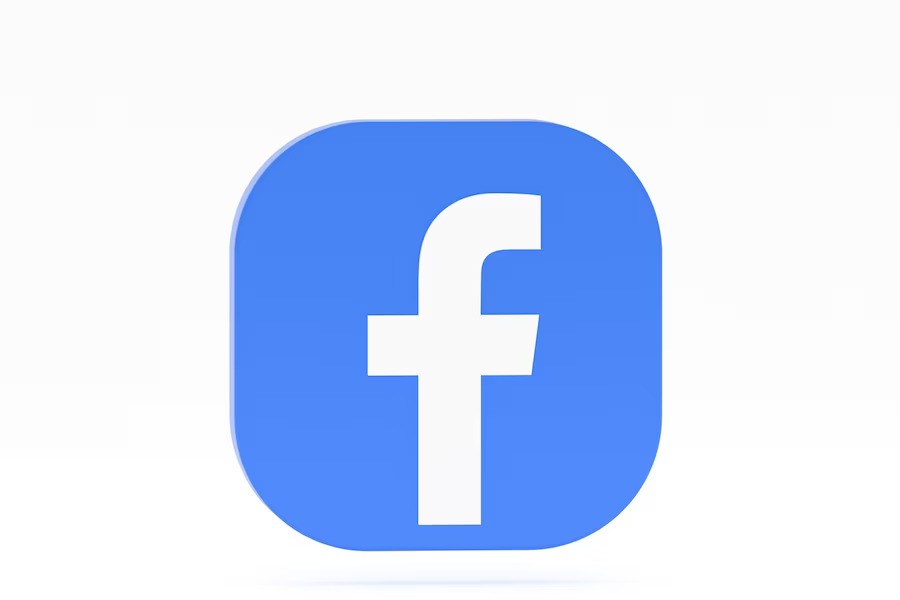
Facebook is the largest social media platform in the world. According to a Statistica report, there are 2.9 billion active users on Facebook.
Benefits:
- Most extensive user base globally.
- Diverse audience demographics.
- Robust advertising platform with detailed targeting options.
- Integration with other apps like Instagram, WhatsApp, etc.
Uniqueness:
- Option to create personal profiles, business pages, and community groups.
- Focus on connecting with friends and family.
- Multimedia content sharing.
Audience:
- A broad range of age groups and interests.
Advertising Costs:
- Varied, based on location, niche, targeting parameters, and competition.
LinkedIn:
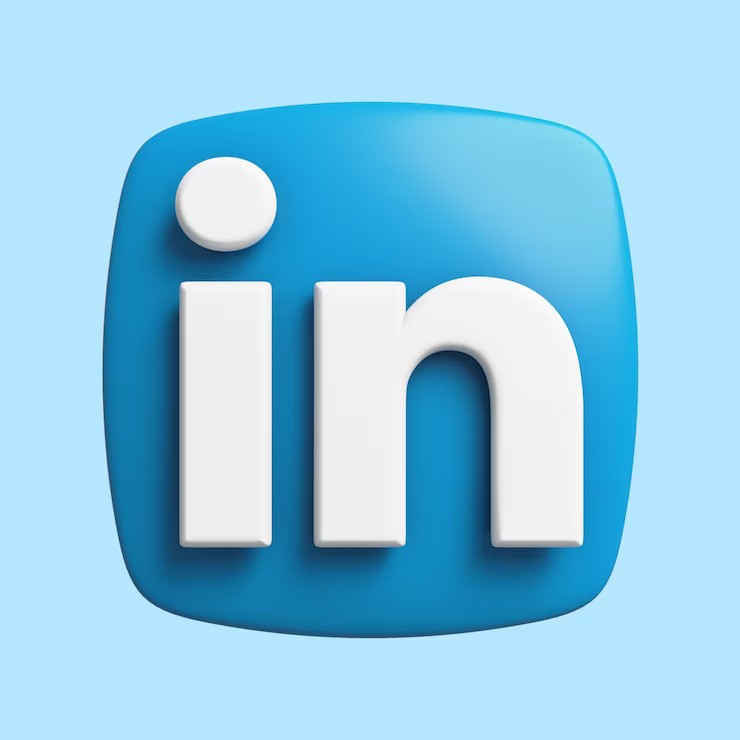
The most prominent social media network for professionals in the world. According to a survey conducted in the third quarter in the US, around 21% of social media users were using Linkedin, according to Statistica report.
Benefits:
- Largest professional networking platform.
- Ideal for B2B Social media marketing, lead generation, and job recruitment.
- Opportunities to become a thought leader in your niche.
Uniqueness:
- Focus on career-oriented and business content.
- Business and professional connections.
Audience:
- Service professionals, small businesses, job seekers, and freelancers.
Advertising Costs:
- Typically higher, but targeting is specific to professionals.
Instagram:
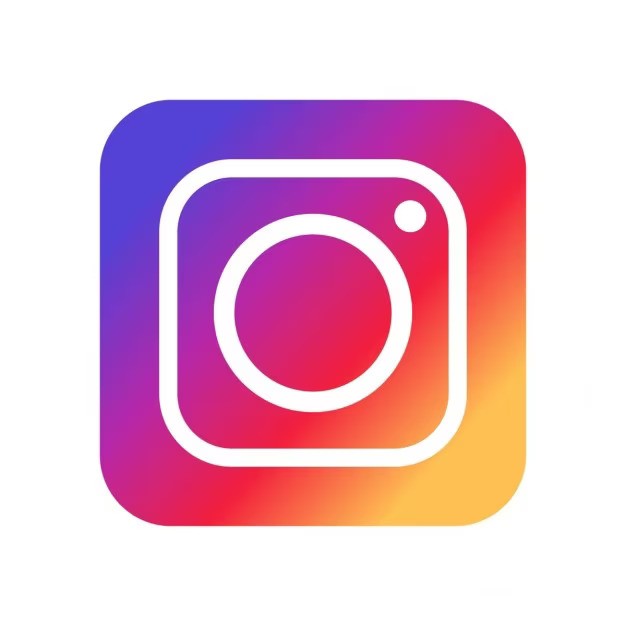
Instagram is the largest picture-sharing particular media platform, with over 2.35 billion active monthly users.
Benefits:
- Mainly a visual-centric platform.
- High engagement with younger demographics like millennials.
- Stories, IGTV, and reels for diverse content.
Uniqueness:
- Emphasis on visual storytelling.
- Influencer marketing is trendy.
Audience:
- Primarily younger users, millennials, and Gen-Z.
Advertising Costs:
- Moderate costs, depending on location, industry, and targeting options.
TikTok:
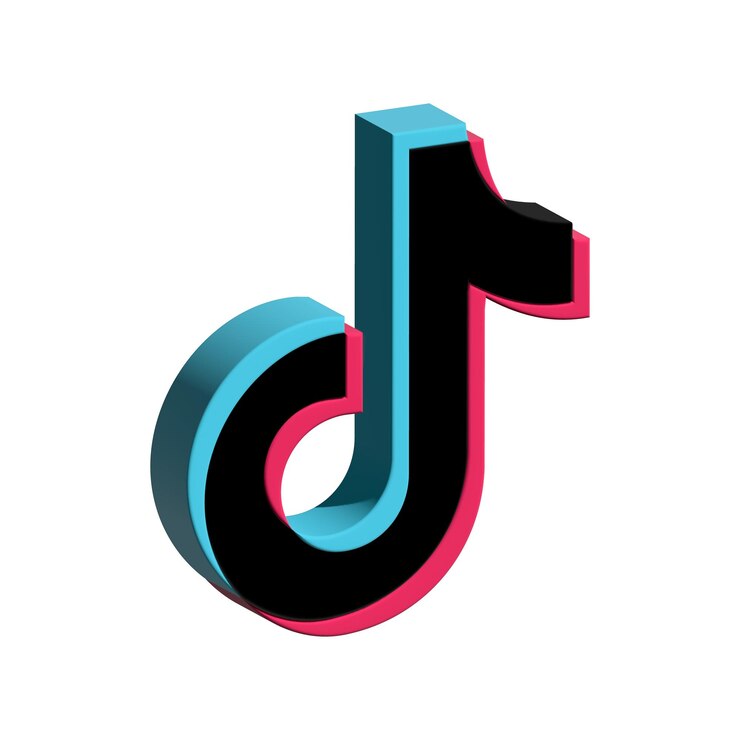
TikTok is the most popular social media platform among millennials. The majority of its audience consists of females. It has around 1.1 billion active users in a month.
Benefits:
- Short-form video content.
- Viral trends and challenges.
- Young and creative user base.
- Entertainment-based content
Uniqueness:
- Algorithm-driven content discovery.
- Trend-driven content creation.
Audience:
- Mainly Gen Z and younger Millennials.
Advertising Costs:
- It can vary, but it is often competitive due to its popularity.
Pinterest:

Pinterest has more than 400 million active monthly users in the world.
Benefits:
- Visual discovery and inspiration.
- Ideal for lifestyle, fashion, DIY, home interior, and product discovery.
- Evergreen content with a long lifespan.
Uniqueness:
- Pinboard-style content curation.
- A link-heavy platform for product discovery.
Audience:
- Predominantly, female users focused on lifestyle interests.
Advertising Costs:
- Moderate, with a focus on creative and visually appealing ads.
Twitter:

Benefits:
- Real-time updates and conversations.
- Hashtags for trends and discoverability.
- Broad reach and potential for viral content.
Uniqueness:
- Microblogging with character limitations.
- The rapid spread of information.
Audience:
- Diverse, with a mix of professionals and casual users.
Advertising Costs:
- Moderate, with options for various campaign objectives.
Why is Social Media an Important Part of Inbound Marketing?
Social media works as a powerful content distribution tool. Social media and content marketing go hand in hand to establish a robust online presence for your business. Meanwhile, it also amplifies the reach of inbound marketing efforts. Consumers increasingly turn to social networks for finding services and products for daily use. B2B brand awareness is all about building a solid relationship with customers. Products for product research and recommendations. Marketers’ presence on social platforms is critical to customers’ decision-making process.
B2B Brand Awareness
are quickly sold with the help of direct interaction with a salesperson, and the business must provide a complete solution. Brand focus is on producing a total experience and working with customers for an extended period.
B2B branding must provide benefits. Prospective customers don’t need a lot of information about B2B business.
Measuring B2B Social Media Strategy
The primary purpose of a brand social media strategy is to grow brand awareness. Before you plan to start, how you will achieve success:
- Getting your brand and content in front of an audience means building mental associations. You must measure things with metrics such as impressions, shares, clicks, and video views.
- You are bringing more people to your organization page and compelling them to subscribe. So, as your follower count grows, your organic reach will also double.
- Get more members to attract your brand and its content.
Tips for Building a Strong B2B Brand Awareness Social Media Strategy
Here are tips to build a strong B2B brand awareness social media strategy.
- Make it attention-enticing: This may look difficult at the start of any social media strategy, but this is how you will get noticed.
- Make sure that your campaign needs to differentiate your brand from your competitors.
- Lean into emotion: B2B marketers have a long list of specifications and statistics about their products or services.
- Must include strong branding: Your message needs to be attention-grabbing, and your brand must appeal to the target audience. But if your audience doesn’t notice your brand, it is useless.
- Brand awareness means bringing attention to your brand, so don’t hesitate to let people know your business details.
- A/B testing your content means the flexibility of most ad platforms, and this helps you discover which specific elements of your copy and creative approach.
Sponsored Content for Your B2B Brand Awareness:
It’s just like show and tell for the best of your brand content, and your audience may organically experience your videos, ads, and collaborations with the thought leaders but with sponsored content.
In this way, you get to showcase featured items in front of every audience you are trying to reach. It’s natural for sales and marketing teams to be drawn to that small portion of potential buyers in the market to buy right now. Pay attention to the 95 percent of the buyer audience that will one day be ready to buy!
Conclusion
In this detailed guide, we discussed at length about social media marketing and its scope. We talked about its various types, advantages and disadvantages, social media optimization (SMO), and popular social media platforms. It is the right time for you to add social media in your overall marketing strategy to build brand awareness, engage with the audience and build credibility with your customers.

helloI like your writing very so much proportion we keep up a correspondence extra approximately your post on AOL I need an expert in this space to unravel my problem May be that is you Taking a look forward to see you
Hello! Thank you for your appreciation of my writing. I’m glad you found it valuable. I’d be more than happy to discuss my post further with you. Please feel free to share more about the issue you’re facing, and I’ll do my best to assist you or find the right resources to help. Looking forward to hearing from you!
Thank you for the good writeup It in fact was a amusement account it Look advanced to far added agreeable from you However how could we communicate
I just could not depart your web site prior to suggesting that I really loved the usual info an individual supply in your visitors Is gonna be back regularly to check up on new posts